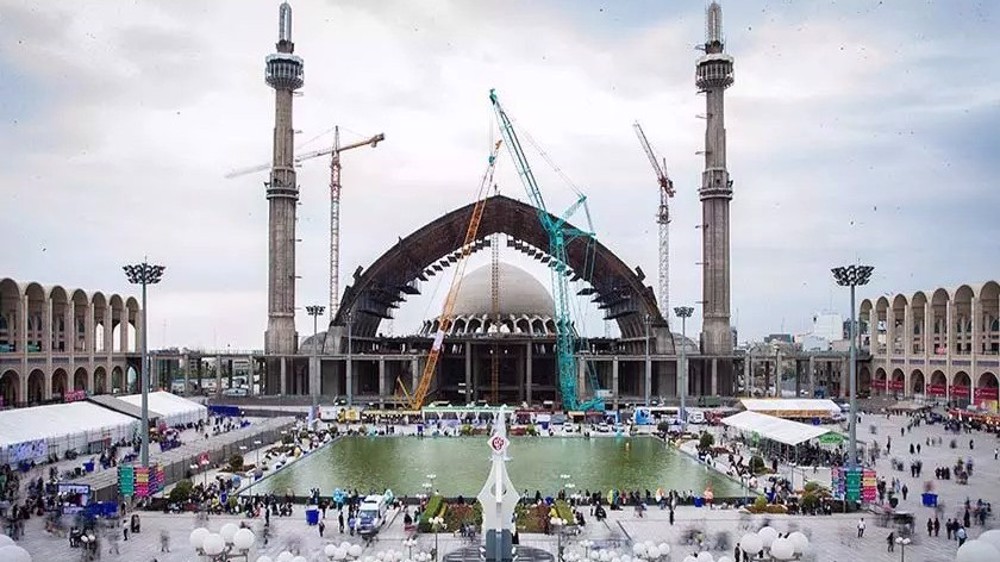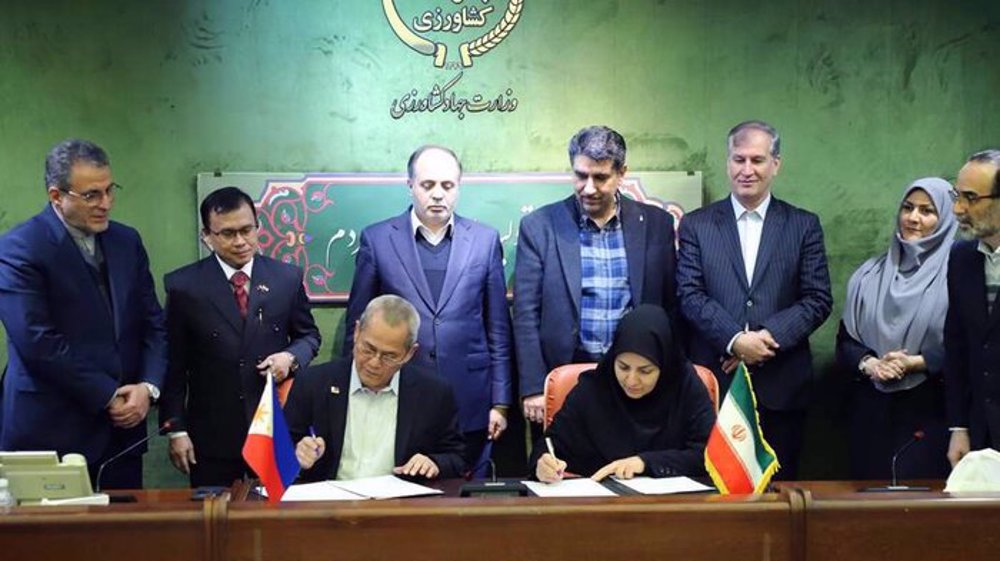Iran, China work to resurrect Silk Road
Iran is participating in an ambitious Chinese plan to revive the Silk Road which aims to connect Asia to Europe and Africa through a network of roads, railways, ports and airports.
Deputy Economy Minister Massoud Karbasian says Iran will turn to a transit route for more than 12 million tonnes of goods a year if the Silk Road Economic Belt and the Maritime Silk Road come to life.
The initiative is the brainchild of Chinese President Xi Jinping who has hoped it would annually create more than $2.5 trillion of trade among the countries in a decade.
Beijing says it already has more than 50 countries on board to implement the project. It has opened an initial $40 billion fund with an additional gold-related kitty expected to raise $16 billion in investment for infrastructure.

The project requires staggering sums of investment in order to come to fruition that would include building infrastructure across Central and Southeast Asia, the Persian Gulf, the Middle East and Europe.
Karbasian said a budget to the tune of $900 billion has been allocated by China for the project.
It includes an overland route to pass through Kazakhstan, Kyrgyzstan and Iran before connecting to Turkey, Greece and Austria.
A maritime route will link Chinese ports to Pakistan and the Persian Gulf en route to Belgium’s Antwerp through the Nile and Kenya in Africa.
The two routes combined encompass a territory housing 4.4 billion people or 63% of the world’s population. The aggregate wealth of the countries involved adds up to $2.1 trillion or 29% of the world’s gross domestic product.
Iran’s position
On Wednesday, a Chinese delegation of transportation officials toured the Iranian Port of Shahid Rajaee in the Persian Gulf to assess investment opportunities, the Mehr news agency said.

Last month, Minister of Industry, Mine and Trade Mohammad Reza Netmatzadeh said Iran wants to splurge up to $8 billion over the next six years to revamp and expand its railway network.
Iran is currently linked to Central Asia through a railway network which connects it to Turkmenistan en route to Kazakhstan, and another to Europe via Turkey.
Iran is uniquely positioned in the geographical map of the modern Silk Road. Karbasian, who is also the head of the customs administration (IRICA), said Iran neighbors 15 countries, including seven land-locked nations.
“These neighbors cannot ignore Iran’s role in transit,” he said.
The ancient Silk Road, established more than 2,100 years ago, connected the Han dynasty’s capital of Xian to Persia.
Through it, Iran’s grapes, beans, pomegranates, spinach, onions and other special products were introduced into China while tea, ginger, mulberries, peaches, apricots and oranges were brought to Iran over a period of more than a millennium.

Geopolitical importance
The new Silk Road plan is also on course to lead to significant geopolitical changes. It could spell the collapse of US economic dominance through the dollar and lead to the prevalence of trade in local currencies.
In April, China accepted Iran as a founding member of the Asian Infrastructure Investment Bank (AIIB) which is potentially a rival to the World Bank and the Asian Development Bank -- both under US influence.
Iran has also been given the green light to join the Shanghai Cooperation Organization which is led by China and Russia.
Maritime Silk Road is set to put an end to European monopoly on international shipping.
The Europeans have a sanctions regime in place against Iran's shipping industry. Over 250 shipping companies in China, meanwhile, account for less than 20% of transportation of goods.
HB/HB

Tehran’s Mosalla to become world’s largest mosque complex

US imposes new sanctions targeting Iran's drone industry

Iran, Philippines sign agreements for agriculture cooperation
‘End to violence’: Iran welcomes PKK leader’s call for group to drop weapons, disband
Over 120 Hezbollah fighters martyred in Israeli invasion laid to rest in south Lebanon
Iranian U-27 skiers scoop one gold, three bronze medals in China’s Alpine
Rights group: Palestinians ‘endure shocking atrocities’ in Israeli jails
Schools destroyed: 100,000 Gaza students enroll for new academic year
South Africa, Malaysia, Colombia to block ships carrying arms for Israel
Trump extends Russia sanctions ahead of meeting with Zelensky
Minister: ‘Imported elements' seeking to create chaos in southeast Iran







 This makes it easy to access the Press TV website
This makes it easy to access the Press TV website